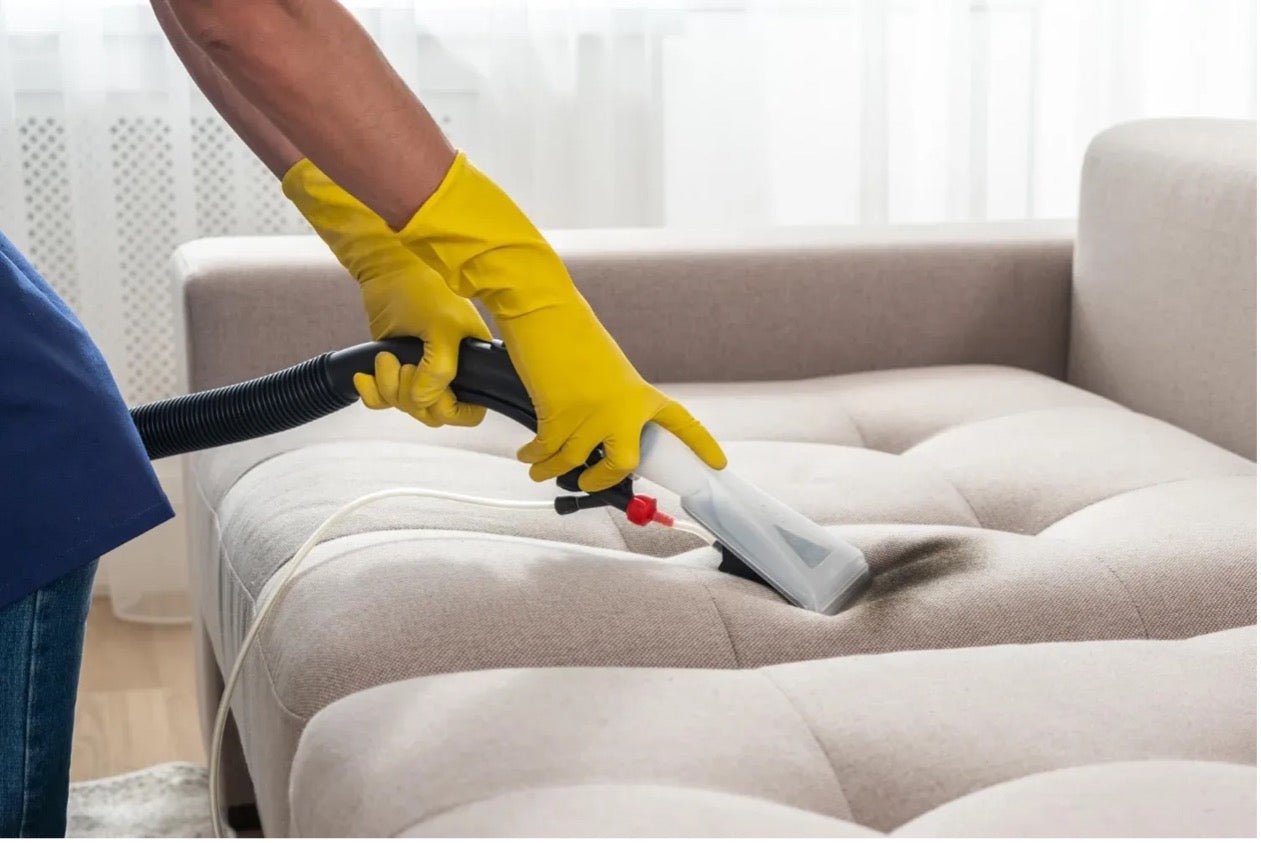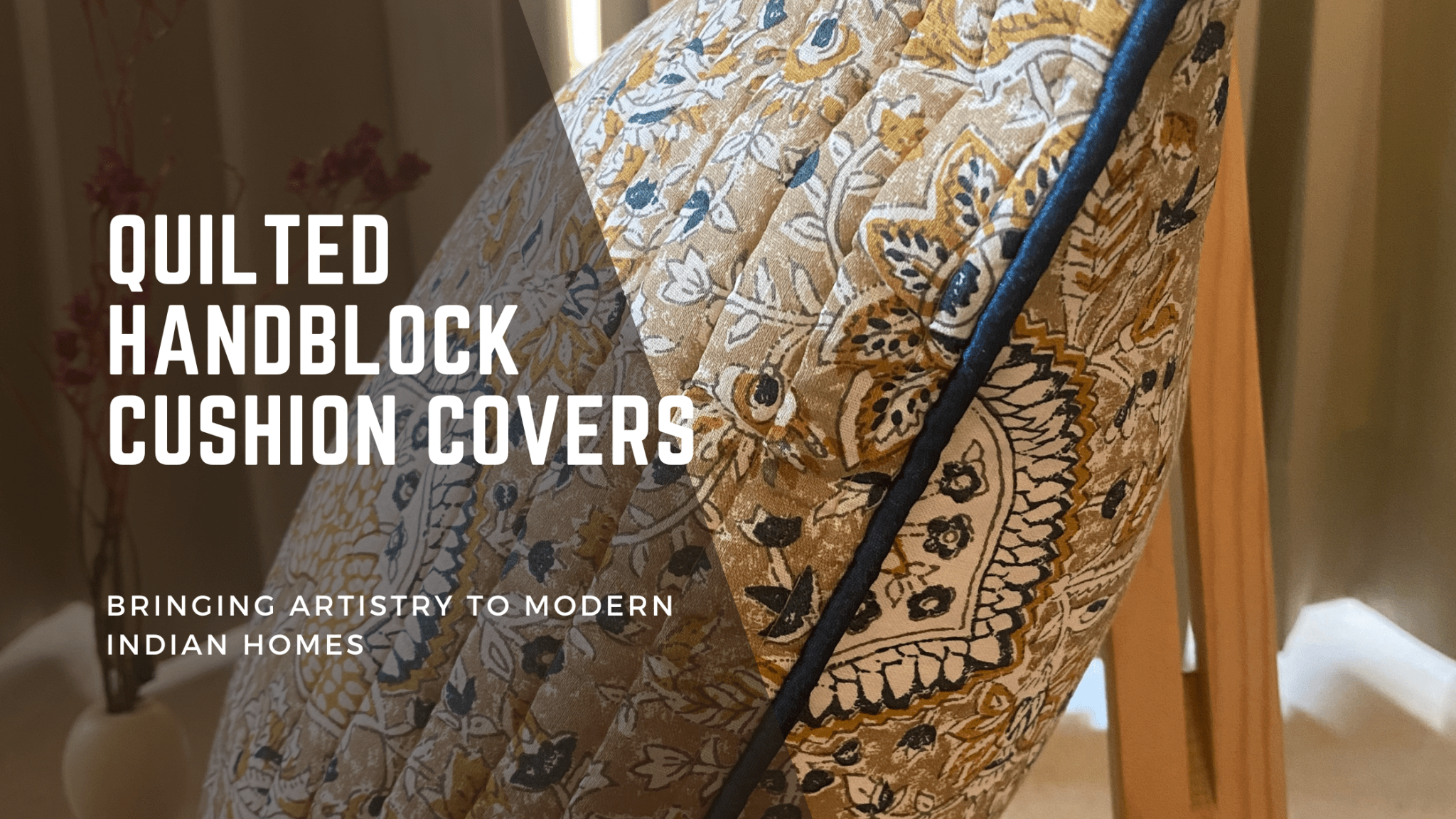
In the vibrant landscape of Indian homes, where culture and tradition blend seamlessly with modernity, the care of home furnishings takes on a unique significance. India's diverse climate, from the tropical south to the cold northern reaches, combined with its rich cultural practices, places unique demands on the maintenance of home decor. This guide delves into the nuances of caring for various home furnishings, ensuring they remain as captivating as the country's heritage.
Understanding Indian Climate and Its Impact on Home Furnishings
India's climatic diversity presents a unique challenge to maintaining home furnishings. The tropical regions experience intense heat and humidity, while the north can be temperate to cold. The monsoon, with its heavy rainfall, brings additional challenges such as increased humidity, leading to potential damage to various materials. Wood can warp, metals may rust, and fabrics might succumb to mildew without proper care.
Material-Specific Care Guides
Cotton and Linen

Caring for both cotton and linen upholstery shares several fundamental guidelines due to their natural fiber composition. Here are some common care tips to ensure the longevity and beauty of these fabrics in your home:
Regular Maintenance
- Vacuum Weekly: Use a soft brush attachment to vacuum both cotton and linen upholstery. This helps remove dust and prevents dirt from embedding into the fibers.
Spot Cleaning
- Immediate Action: Address spills immediately by blotting (not rubbing) the area with a clean, dry cloth to absorb as much of the spill as possible.
- Mild Detergent: For stains, use a solution of mild detergent and lukewarm water. Apply gently to the stain and blot with a clean, damp cloth. Avoid using harsh chemicals or bleach, as they can damage the fibers.
Washing
- Check Labels: Always check the manufacturer’s care label before attempting to wash. If the covers are removable and labeled as washable, proceed with caution.
- Lukewarm Water and Mild Detergent: Wash using lukewarm water to avoid shrinking and fading. A mild detergent is essential to prevent damaging the natural fibers.
- Gentle Cycle: If machine washing, select a gentle cycle. For both fabrics, hand washing is recommended if possible to control water temperature and handling.
Drying
- Avoid Direct Sunlight: Dry cotton and linen in the shade or indoors to prevent color fading. Direct sunlight can weaken fibers over time.
- Do Not Wring: After washing, gently squeeze out excess water without wringing, which can distort the shape of the fabric.
Ironing
- Iron While Damp: If necessary, iron cotton and linen upholstery while slightly damp to remove wrinkles. Use the appropriate iron setting for each fabric type; linen typically requires a higher heat setting than cotton.
- Use a Pressing Cloth: To protect the surface texture, consider using a pressing cloth between the fabric and the iron.
General Tips
- Rotate Cushions: Regularly rotate and flip cushions to ensure even wear and prevent sagging.
- Avoid Harsh Chemicals: Steer clear of bleach and harsh detergents, which can break down natural fibers and cause discoloration.
By following these guidelines, you can help preserve the natural beauty and durability of cotton and linen upholstery, keeping them looking their best for years to come.
Silk and Wool
Silk and wool are both luxurious materials that add a touch of elegance and warmth to any home. However, their delicate nature requires specific care routines to maintain their beauty and longevity. Here's how to care for silk and wool upholstery properly:
Silk Upholstery Care

-
Light Vacuuming: Regularly use a soft brush attachment to gently vacuum silk upholstery. This helps remove dust without pulling on the delicate fibers.
-
Immediate Attention to Spills: Blot spills immediately with a clean, dry, and soft cloth. Do not rub the spill, as this can spread the stain and damage the fabric.
-
Professional Cleaning Recommended: Due to its delicacy, silk upholstery should ideally be cleaned by professionals. If the fabric care label permits and you choose to clean a spot yourself, test any cleaning solution on a hidden area first to ensure it doesn’t damage the fabric or cause color bleeding.
-
Avoid Direct Sunlight: Protect silk from direct sunlight, which can fade and weaken the fibers over time. Use curtains or blinds in rooms with silk upholstered furniture to prolong its vibrancy and durability.
-
Use a Dehumidifier: Silk is sensitive to humidity. In very humid conditions, consider using a dehumidifier to protect the fabric from moisture, which can lead to mildew growth.
Wool Upholstery Care

-
Regular Vacuuming: Wool fabrics should be vacuumed regularly with a soft brush attachment. This keeps the upholstery clean and prevents soil particles from becoming embedded in the weave.
-
Treat Spills Immediately: Absorb spills quickly by blotting with a clean, absorbent cloth. For wool, use cold water to dampen the cloth if necessary. Avoid hot water, as it can shrink or set the stain.
-
Dry Cleaning: For overall cleaning, dry cleaning is recommended for wool upholstery, especially for items that cannot be easily removed, such as fixed upholstery or wool rugs. This method helps preserve the fabric's texture and color.
-
Low Moisture Cleaning: If you opt for spot cleaning, use as little moisture as possible and a cleaner suitable for wool. Always test it on an inconspicuous area first.
-
Pilling Maintenance: Wool can pill over time. Use a fabric shaver or a pilling comb to gently remove pills and refresh the fabric's appearance.
-
Avoid Heat and Direct Sunlight: Like silk, wool should also be protected from direct sunlight to prevent fading. Additionally, avoid placing wool upholstery near heat sources, as heat can cause wool to dry out and become brittle.
Leather and Faux Leather

To maintain the elegance and durability of leather furnishings, it's essential to use a high-quality leather conditioner every six months. This helps in keeping the leather soft, supple, and prevents it from drying out and cracking. When cleaning spills on leather, use a soft, dry cloth to blot the spill gently; avoid rubbing, as this can push the spill deeper into the leather. For tougher stains, a specialized leather cleaner is recommended to safely remove the stain without damaging the leather.
For faux leather, in addition to using a damp cloth with mild detergent for routine cleaning, ensure to wipe the surface dry with a clean cloth afterwards. This prevents any watermarks and keeps the faux leather looking new. Regular dusting with a soft, dry cloth can also help maintain its appearance by preventing dust buildup. Avoid using abrasive cleaners or tools on faux leather, as they can scratch or damage the surface.
Cultural Practices and Their Effects on Home Furnishings
Indian festivities, while vibrant and joyous, can be taxing on home furnishings. During celebrations like Diwali or Holi, protect your furnishings from accidental spills and stains by using slipcovers or moving delicate items to safer locations.
Sustainability in Home Furnishing Care
Opt for eco-friendly cleaning solutions whenever possible. Many household items, like baking soda, lemon, and vinegar, offer effective, environmentally friendly alternatives to harsh chemicals.
Conclusion
The care of home furnishings in India requires an understanding of the unique challenges posed by the country's climate and cultural practices. By adopting material-specific care routines, taking preventative measures, and opting for sustainable cleaning practices, you can preserve the beauty and longevity of your home furnishings. Embrace these practices as a celebration of the Indian ethos, where care and preservation go hand in hand with tradition and modernity.








